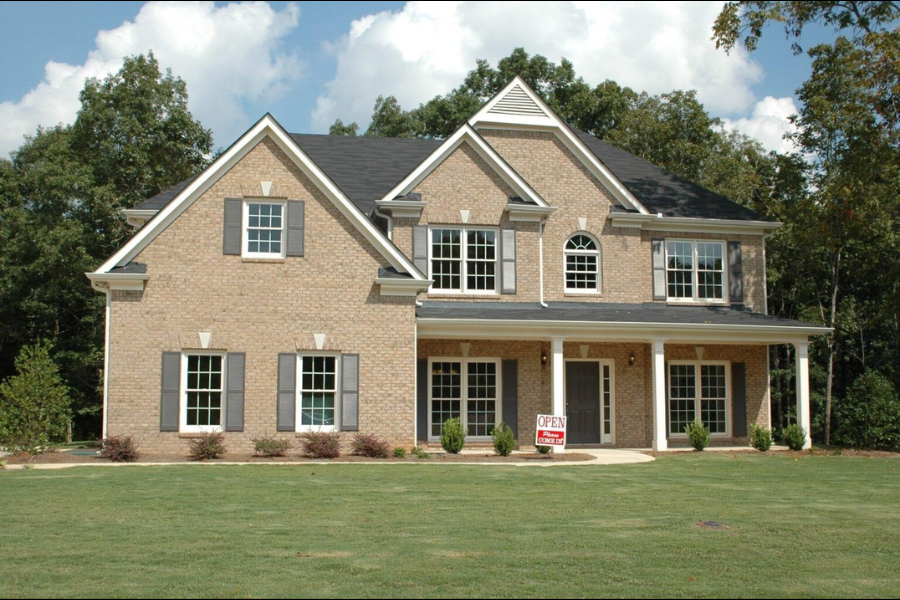Protecting your home from harsh weather conditions is crucial for maintaining its structural integrity and overall comfort. Siding and weatherproofing are essential in safeguarding your home against environmental challenges such as rain, wind, and temperature fluctuations. These measures not only enhance the durability of your property but also contribute to energy efficiency and aesthetic appeal. We will explore the various types of siding materials and weatherproofing techniques that can help shield your home from the elements. You can also get information from Lifetime Exteriors website. By understanding these options, homeowners can make informed decisions to ensure their properties remain safe and efficient.
Types of Siding Materials
When selecting siding for your home, there are several materials to choose from, each offering unique benefits. Vinyl siding is popular due to its affordability and low maintenance requirements. It is moisture-resistant and does not require painting, making it a practical choice for many homeowners. Fiber-cement siding is another option known for its durability and resistance to fire and insects. It provides a more traditional look and can be painted in various colors. While aesthetically pleasing and versatile, wood siding requires regular maintenance to prevent decay and insect damage. Metal siding, such as aluminum or steel, offers a modern look and is highly resistant to weather damage. Each type of siding material has advantages and drawbacks, and the best choice depends on factors such as climate, budget, and personal preference.
Weatherproofing Techniques
Weatherproofing is a critical aspect of home maintenance that involves sealing and protecting various parts of your home to prevent water infiltration and air leaks. One essential weatherproofing technique is the application of sealant around windows and doors. High-quality caulk or weatherstripping can help close gaps and prevent drafts, improving energy efficiency and indoor comfort. Another critical aspect of weatherproofing is installing a moisture barrier in areas prone to water exposure, such as the foundation and crawl spaces. This barrier helps prevent moisture from seeping into the home and causing damage. Additionally, ensuring proper drainage around the foundation and installing gutter systems can protect your home from water-related issues. Regular inspections and maintenance of these weatherproofing elements are crucial for long-term effectiveness.
Benefits of Proper Siding Installation
Proper installation of siding offers numerous benefits beyond just visual appeal. Well-installed siding protects against environmental factors, such as wind, rain, and UV radiation. It helps to insulate your home, reducing heat loss during winter and keeping it cooler in summer. This improved insulation can lead to lower energy bills and increased comfort within the home. Additionally, correctly installed siding can enhance the overall curb appeal of your property, potentially increasing its market value. It also contributes to the longevity of your home’s exterior by preventing rot, mold, and insect damage. Investing in professional installation ensures that the siding performs effectively and maintains its appearance over time.
Maintenance and Upkeep
Regular maintenance is essential to ensure the longevity and effectiveness of your siding and weatherproofing measures. Routine cleaning with mild detergent and water for vinyl and metal siding can help remove dirt and prevent staining. Fiber-cement siding may require periodic painting to maintain its protective finish and appearance. Wooden siding needs to be inspected regularly for signs of rot or insect damage and should be repainted or treated as necessary. Weatherproofing elements, such as sealants and weatherstripping, should be checked annually for deterioration or gaps and replaced if needed. Ensuring that gutters and downspouts are debris-free helps maintain proper drainage and prevents water damage. By staying proactive with maintenance, you can extend the life of your siding and weatherproofing features and keep your home well-protected.
Energy Efficiency and Cost Savings
In addition to protecting your home from the elements, siding and weatherproofing significantly enhance energy efficiency. Properly installed siding acts as an additional layer of insulation, which can help reduce heat loss during the winter and minimize heat gain during the summer. This improved insulation can yield substantial cost savings on heating and cooling bills. Energy-efficient siding materials, such as insulated vinyl or fiber-cement siding, enhance thermal performance and contribute to a more comfortable indoor environment. Furthermore, effective weatherproofing measures, such as sealing gaps and insulating areas prone to drafts, can reduce energy consumption and lower utility expenses. By investing in energy-efficient siding and thorough weatherproofing, homeowners can achieve long-term cost savings while contributing to environmental sustainability.
Siding and weatherproofing are crucial in protecting your home from the elements and ensuring its long-term durability. Choosing a suitable siding material and implementing effective weatherproofing techniques can significantly enhance your home’s resistance to environmental challenges. Regular maintenance and timely repairs are essential to optimally maintain these protective measures. By investing in quality materials and professional installation, you safeguard your property and improve its energy efficiency and aesthetic appeal.
Keep an eye for more news & updates on ChicagoHeading!

